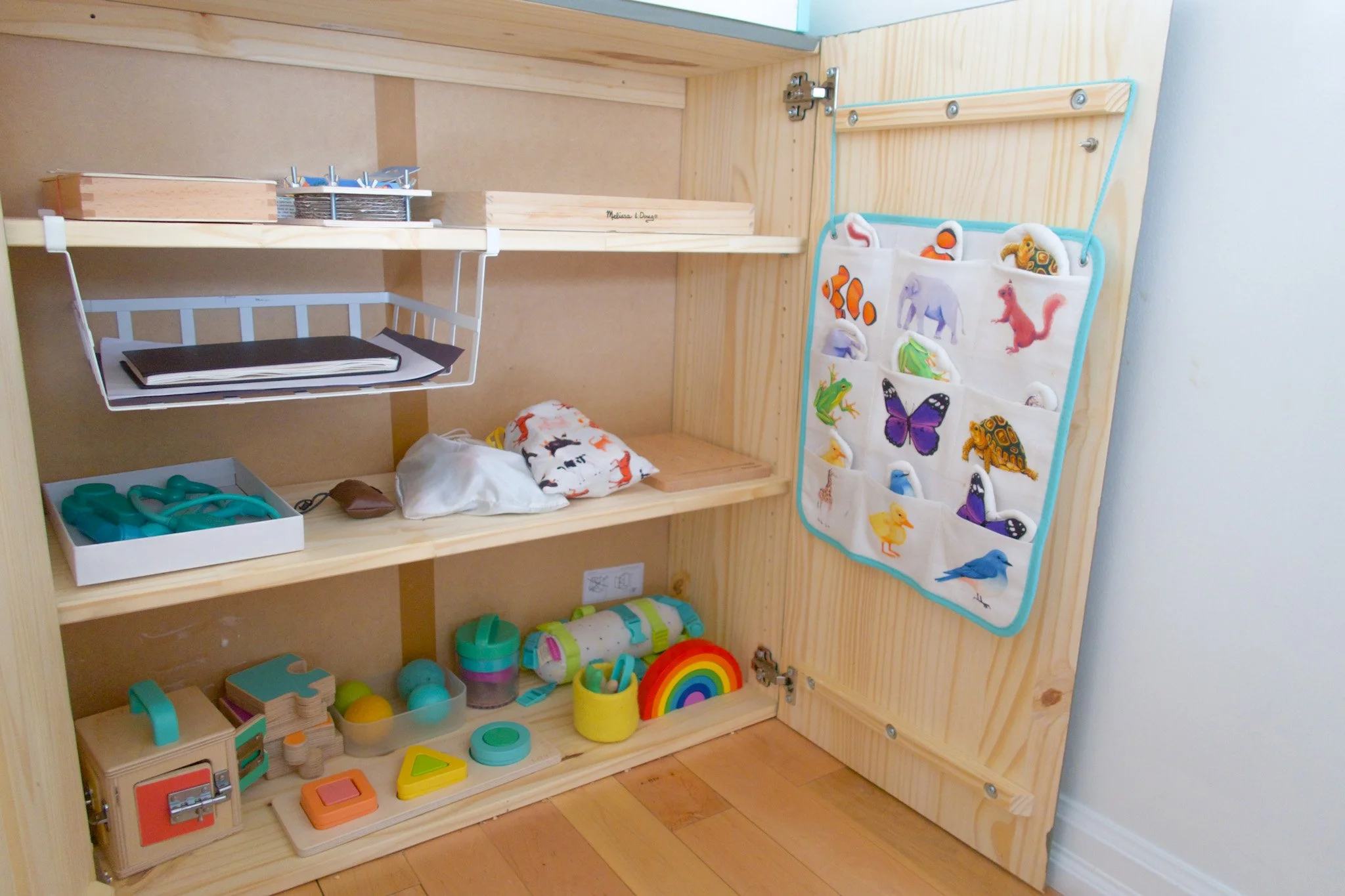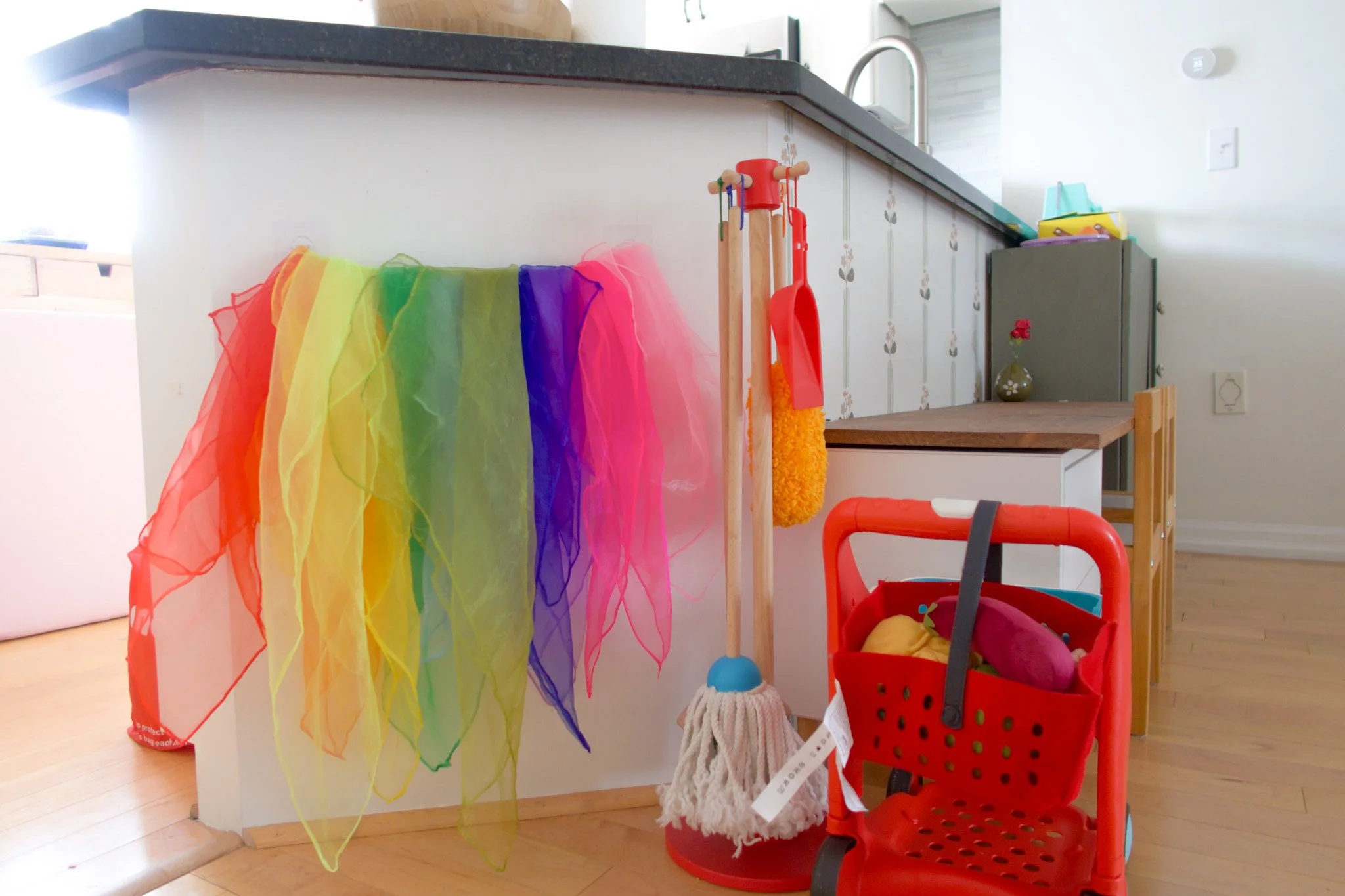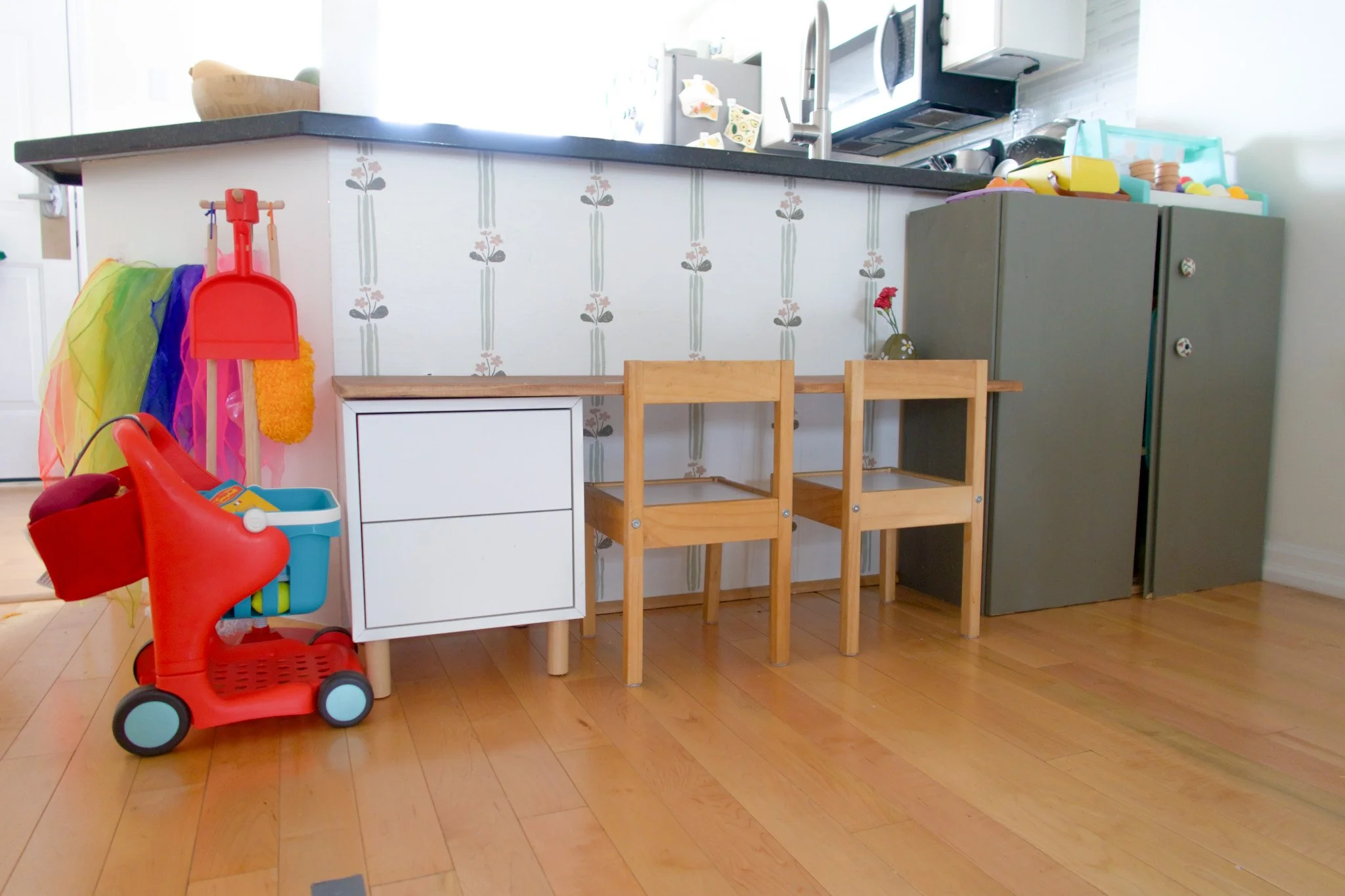3 Things we did to Intentionally Transition to Homeschooling
We officially began homeschooling mid-January. In today’s post, I’ll share with you three key things we did in our transition to homeschool and how these practices might help you enter into a new school year, take moments of pause for any period of reflection and reset for the household, or even transition between life events. We’re expecting our third child at the end of March, and you bet that we will be leveraging these tactics then.
Before we jump into all that, some context. An overview of how we found ourselves homeschooling can be found on the About page, and a bit on what you can expect on my first post. So let’s set the stage:
We have a 4.5 year old and a 2 year old. The homeschooling will mostly focus on the older one, as our 2 year old just needs to play, observe, nap, and eat - she’ll learn through osmosis.
In Canada, or at least in Ontario, the public education system begins at 4 years old with junior kindergarten, which, to my understanding, is considered pre-k or pre-school in the States. The following year is senior kindergarten and then grade 1 begins at 6 years old.
Prior to our homeschooling kick-off, Naomi was enrolled at a Montessori private school, where Alana joined her for a few months once she was 18 months.
In Canada, we can take up to 12-18 months off from work for maternity/parental leave. So, Naomi’s journey was this: 1 year with me at home, 2 years at an at-home daycare, 6 months at home with me during my second parental leave, and then 1 year at Montessori.
I aim to be as helpful as possible, so these contextual details are important to share so that you can understand the type of environment we’re transitioning from (i.e. not fully traditional school, and not from having been in school for a long period of time). But it is an adjustment in terms of routines, and how, when, and where learning is done.
So here’s what we did:
One week of almost nothing
During the week after the holidays, we didn’t do any structured lesson plans or learning.
Why?
Part from the holidays, to make a distinction between school routines and the new normal at home
To allow myself the freedom to observe the girls: how do they interact? How do they play? What are they interested in right now? What had they learned at school? How do their temperaments fluctuate throughout the day?
So what did we do?
We upheld the rhythms that we would eventually follow a bit more closely: Meal times, habits of helping, contributing, tidying up, and personal hygiene.
Got outside the house: walks, library, or errands. We got into the habit of getting ready (which can be quite a hurdle) and getting outside.
How was this helpful?
I’m a planner that also thrives in execution. It can be tempting to jump right into the new thing, but having times of stillness, observation, and an introduction to the new routine can help distinguish the old from the new. It helped me course-correct through moments of pause and reflection. It can keep us flexible while maintaining self-discipline.
Changing household systems and setting up the environment
All four of us, at home, all day. Something’s gotta change.
Here’s what we did:
Joel and I discussed our division of labour in the household with a bit more detail. He and I are quite flexible and have the mentality of doing what needs to be done, and resting when that’s more important. But we acknowledged that the daily upkeep would be much more demanding. We set up “domains” where each of us are in charge - it doesn’t mean we’re solely responsible for that task, but if we can do it, then do it; if it needs to be delegated, then task it; if it’s feeling overwhelming, then ask for help.
With our change in financial circumstances (dropping down to a single income), we knew that one of the things that needed to change is our spending habits - particularly how much we eat out and order in. We’re meal planning more meticulously.
We created zones in our house for kids’ work and play. We live in a narrow townhouse that’s less than 1,200 sqft, which basically means we don’t have a big play area for them and to call our whatever-it-is a “backyard” would be extremely generous. So for us, closed shelving was the way to go (sorry Maria Montessori!).
In our living room my dad helped us create a built-in media unit, which contains basket toys (train tracks, blocks, lego, magnet tiles).
Next to our dining table, we installed a cabinet and a desk for them to eat snacks and do focused work.
Just off our kitchen, we set up a kid-size kitchen with running water, where my oldest now loves to peel and chop apples every morning.
And then their room has the knock-off nugget couch and a piklers triangle set for gross-motor play. While they aren’t confined to that specific type of play within these zones (as they certainly can’t see these imaginative boundaries I have in my mind), it enables them to know where things are so they can access play as needed.
How was this helpful?
Trying to do a new thing with the old systems in place just wouldn’t work. We knew that we were stepping into unchartered territory, requiring from Joel and I new mindsets, behaviours, and practices.
Share with our community
I was definitely one of those kids who shared powerpoint proposals with my parents when I was asking for something big. The last one I did was for a service trip to India when I was 17: it worked. Depending on the nature of your support-system, there’s something about sharing with your community major updates like ours to homeschool. It’s a bit of accountability and also an opportunity for them to ask how we’re doing, review our plans and provide insight, and to pray with us - to be our “village” as they say.
How was this helpful?
With our friends and family, we shared our homeschooling plan: how we’re structuring it and the first unit we’ll go through for the initial 3 weeks. My sister-in-law is a principal at a North-American private school we will send our kids to one day - getting her encouragement was helpful. A teacher friend of ours shared some resources with me on how he creates lesson plans. This also gave us an opportunity to ask both our parents (the grandparents) their capacity to help us on a scheduled basis. And, during our first week of homeschooling, I just so happened to have two pregnancy appointments on two separate days, so I asked a friend for help to not only mind the girls for a few hours, but to also do an art activity with them.
---
Beyond researching and planning actual curriculum, these three things helped us get into the new thing:
One week of almost nothing: getting familiar with the new routine
Changing household systems and preparing the environment: setting up new structures for the new thing
Sharing with our community: offering accountability and gaining support
Hope this is helpful to you and your family, no matter what next thing you’re walking into. Maybe it’s homeschooling or maybe it’s tuning up your connection with your children. Maybe it’s a new job, new school, new home. Intentional actions while making any transition doesn’t only help the kids adjust, but it also sets us, the parents, up for success!






